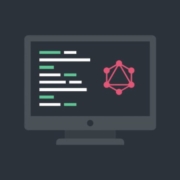This article was originally published at Coder Society, and we’ll explore GraphQL’s core features, how to interact with a GraphQL API, and some development and operational challenges.
The Story of GraphQL
Nowadays, REST seems to be the default approach for building APIs, typically based on the familiar HTTP protocol. While REST is relatively simple to work with and enjoys widespread popularity, its use of multiple endpoints to address resources sometimes gets in the way of flexibility.



